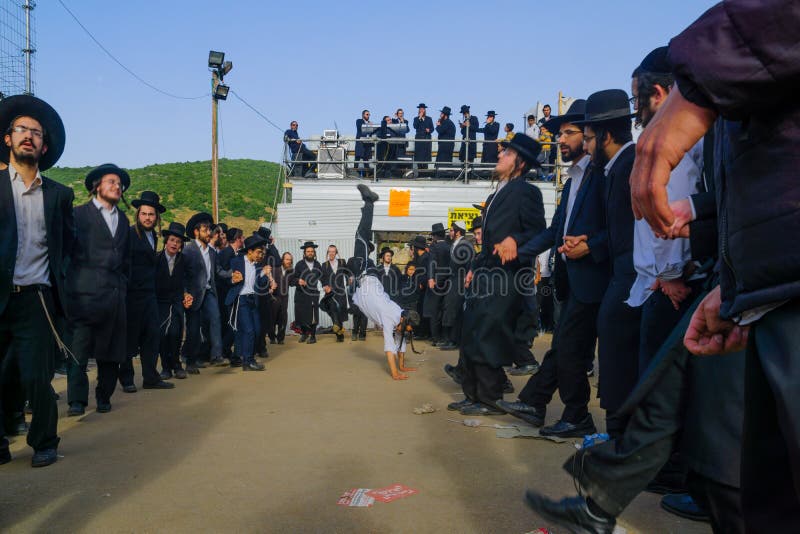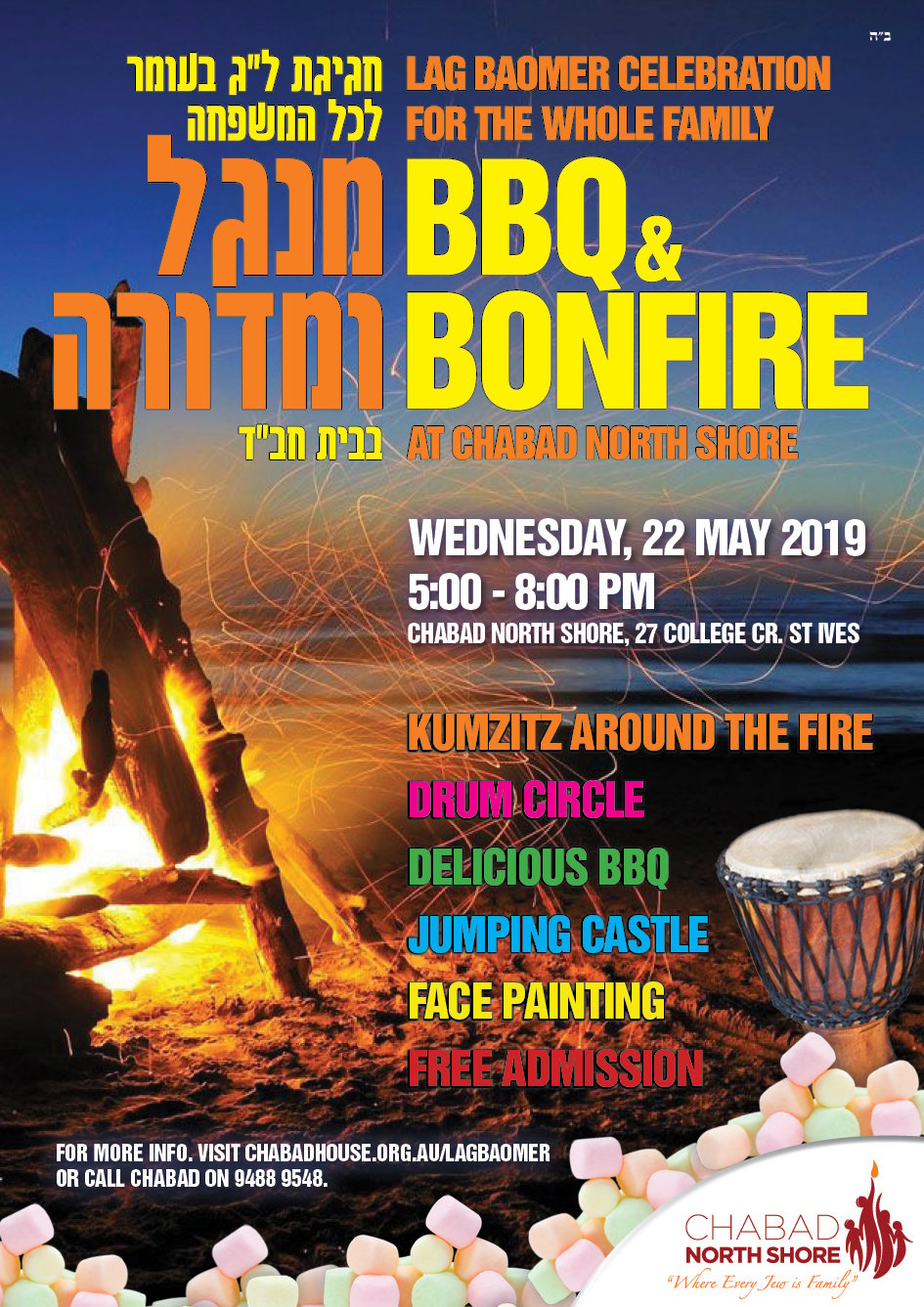


As such, one who is unable to reach a grave on the actual Yartzeit of the deceased should at least attempt to do so during these days. The three days prior as well as the three days following a Yartzeit are considered to be a component of the Yartzeit. Lag Ba’omer is also the Yartzeit of the Rema and many visit his grave in Cracow on that day. Similarly, it is considered especially auspicious to visit the tombs of any Tzaddikim on Lag Ba’omer. Many barren women have been helped and sick have been healed when they made a promise and donation for this holy site.†Those who are unable to travel to Meron should at least study the teachings of Rabbi Shimon Bar Yochai throughout the day of Lag Ba’omer. Rabbi Ovadia Bartenura writes: ““On the eighteenth day of Iyar, the day of the Yartzeit of R’ Shimon Bar Yochai (the Rashbi), people from surrounding areas gather and light huge bonfires aside from lighting candles. Once there, one should hold a meal in honor of Rabbi Shimon Bar Yochai and celebrate his life. While one would think that a day of fasting and introspection would be in order for the Yartzeit of a Tzaddik, as is the case regarding the Yartzeit of Moshe Rabbeinu, Lag Ba’omer is different because Rabbi Shimon Bar Yochai himself requested that the day of his death be celebrated.Ĭlick here to read more Those in Israel who are able to ascend to the Tomb of Rabbi Shimon Bar Yochai, located in Meron, are encouraged to do so. There were many Chassidic masters who would hold special gatherings in honor of Lag Ba’omer, complete with singing and dancing, as well as words of Torah in honor of Rabbi Shimon Bar Yochai. Nevertheless, they are common in the Diaspora as well. There are those who have suggested that the Lag Ba’omer celebrations are intended to be reserved primarily for the Land of Israel. Bonfires are also widespread on Lag Ba’omer representing a number of things, including the “fire” of Torah. Among his many accomplishments, it is widely believed that Rabbi Shimon Bar Yochai authored the Zohar, the primary work on kabbala.

Additionally, the extensive festivities of Lag Ba’omer, complete with music and dancing, celebrates the Yartzeit of Rabbi Shimon Bar Yochai. Leading these is the celebration which is intended to mark the cessation of the plague which had killed 24,000 of Rabbi Akiva’s students. Many couples in Israel choose to get married on Lag BaOmer, and many people also choose to wait until that day to get a haircut or beard trim.There are a number of well-known and beloved customs relating to the celebrations of Lag Ba’omer. In remembrance of these events, some people celebrate with picnics and bonfires. 50-135 C.E.), the yahrzeit of 2nd-century mystical scholar Shimon bar Yochai, and a Jewish military victory over Roman forces in 66 C.E. Lag BaOmer commemorates a variety of historical events, including the end of a plague that killed many students of Rabbi Akiva (c. They must be complete.” This commandment led to the practice of the S’firat HaOmer, or the 49 days of the "Counting of the Omer,” which begins on the second day of Passover and ends with the celebration of Shavuot on the 50th day. The Book of Leviticus (23:15-16) also commanded: “And from the day on which you bring the offering…you shall count off seven weeks. Biblical law forbade any use of the new barley crop until after an omer was brought as an offering to the Temple in Jerusalem. An omer (“sheaf”) is an ancient Hebrew measure of grain.

The Omer has both agricultural and spiritual significance: it marks both the spring cycle of planting and harvest, and the Israelites’ journey out of slavery in Egypt (Passover) and toward receiving the Torah at Mount Sinai (Shavuot). (The numerical value of the Hebrew letter lamed is 30, and the value of gimel is three lamed and gimel together are pronounced “lahg.”) This holiday gives us a break from the semi-mourning restrictions (no parties or events with music, no weddings, no haircuts) that are customarily in place for some Jewish communities during the Omer. Lag BaOmer is a minor, festive holiday that falls on the 33rd day of the seven-week period between Passover and Shavuot, a period of time is known as the Omer.


 0 kommentar(er)
0 kommentar(er)
